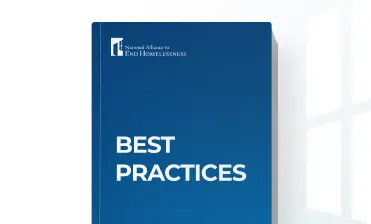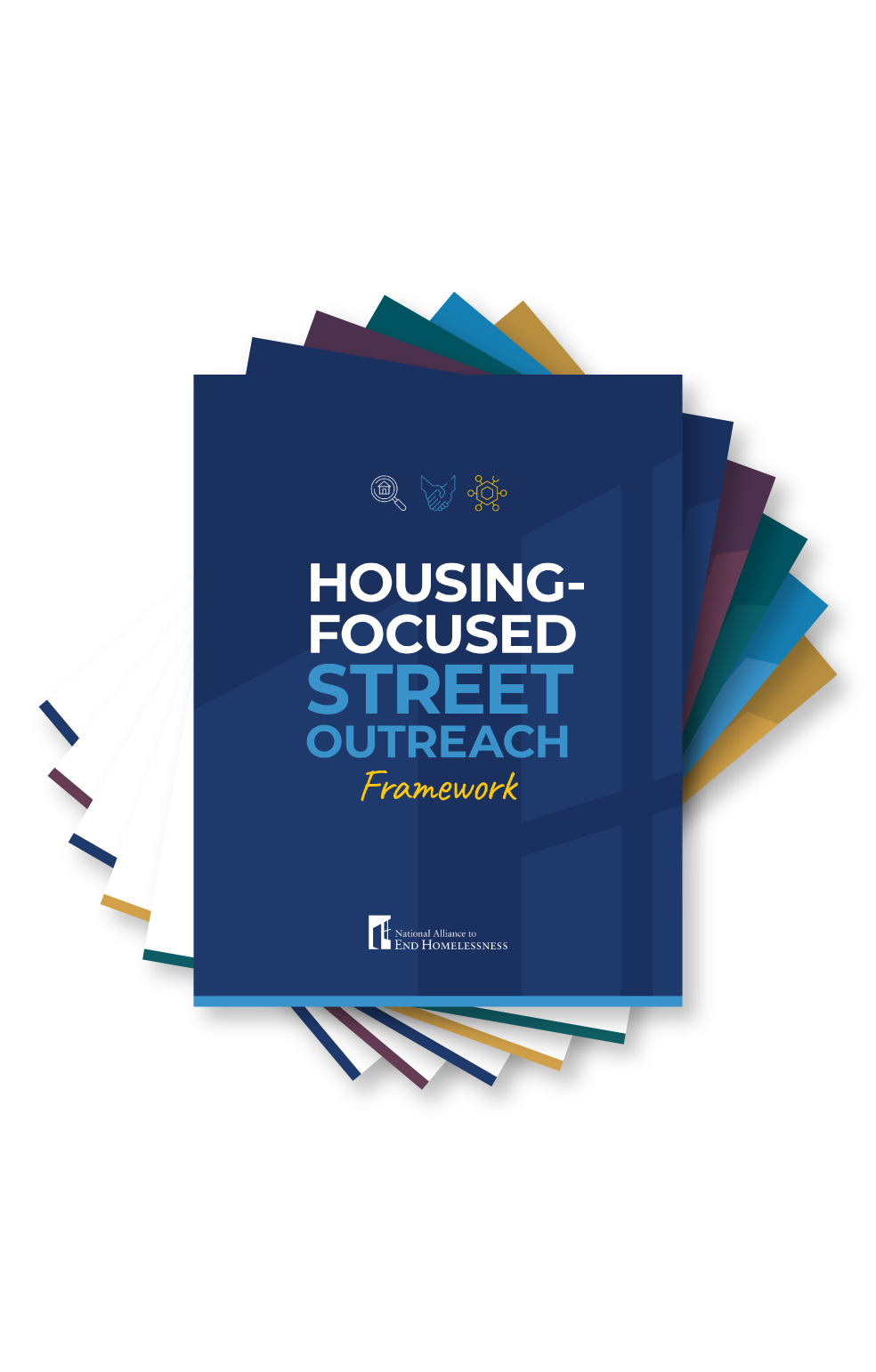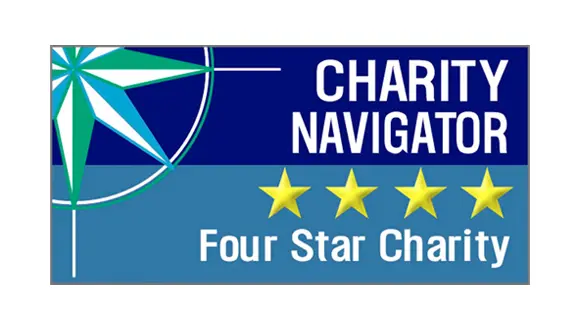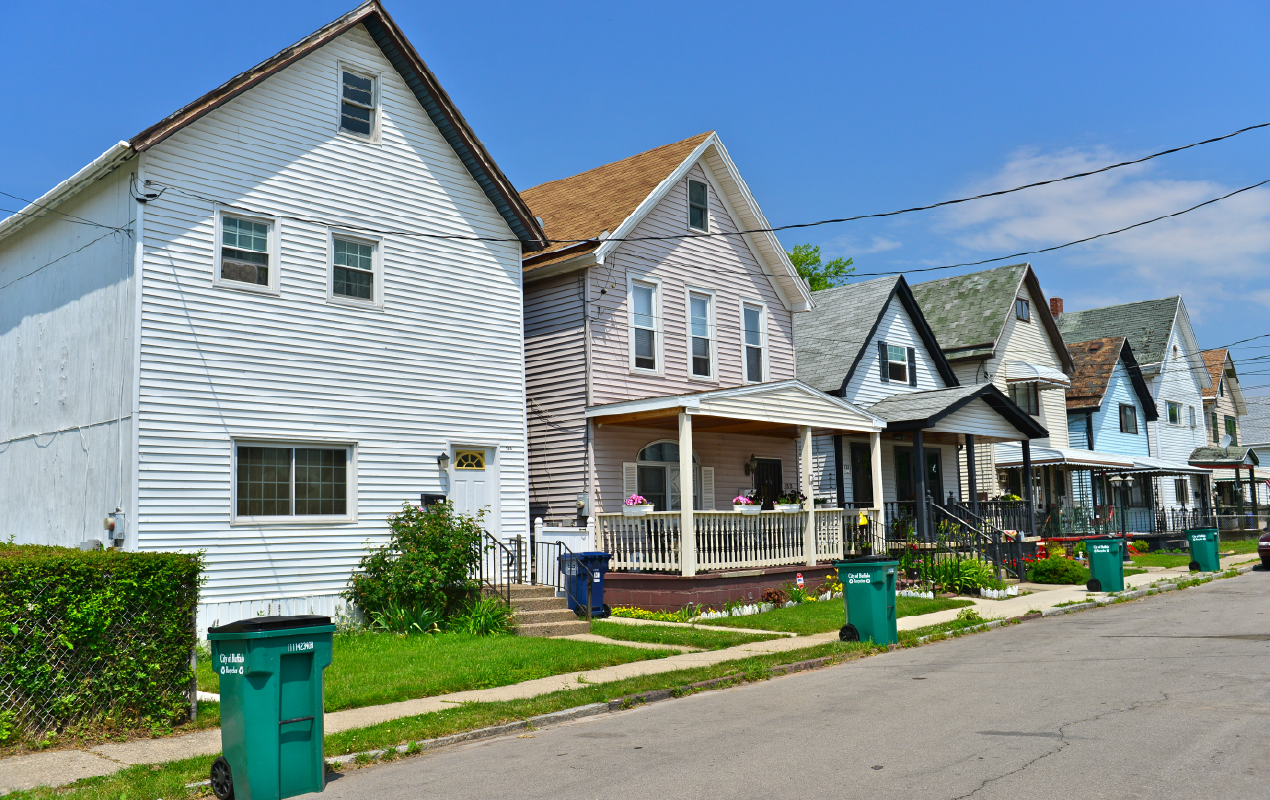The following post is part of a blog series exploring the harmful impacts of President Trump’s recent Executive Order on homelessness. In each post, Alliance staff will discuss one component of the Executive Order, and what the implications will be on homeless services. Please note, the Alliance cannot and does not provide legal guidance. Please consult a lawyer for legal interpretations.
What the Executive Order Says about Housing First
The Executive Order seeks to end “support for ‘housing first’ policies that deprioritize accountability and fail to promote treatment, recovery, and self-sufficiency; increasing competition among grantees through broadening the applicant pool; and holding grantees to higher standards of effectiveness in reducing homelessness and increasing public safety.”
It goes on to direct the U.S. Department of Housing and Urban Development (HUD) to “increase requirements that persons participating in the recipients’ programs who suffer from substance use disorder or serious mental illness use substance abuse treatment or mental health services as a condition of participation.”
Why is This a Problem?
Housing First is a thoroughly researched and proven approach to ending people’s homelessness by prioritizing their most essential need first—the need for housing. By ending people’s homelessness immediately, housing gives them the stability to pursue personal goals and improve their quality of life.
Despite the evidence, the Executive Order moves to adopt guidance that was included in Project 2025. It calls on the Secretaries of Health and Human Services and Housing and Urban Development to change grant awards structures and end support for evidence-based policy and programs, including those that adhere to a Housing First approach.
What the Evidence Says
This change will upend the progress that has been made across the country. The Executive Order represents a significant step back to a time when programs were rigid, with high barriers to housing that failed to meet people where they were, and denied the most vulnerable the resource they most desperately need: a rapid reconnection to permanent housing.
What’s the Alternative?
The administration should follow the model set by the U.S. Department of Veteran Affairs, which widely credits its successful reduction in veteran homelessness to the adoption of the Housing First approach. This is a clear proof point: when the resources for housing, healthcare, and other supports are sufficiently resourced, Housing First is the most effective and produces the greatest outcomes while also serving people with dignity and compassion.
The Administration should listen to the experts and “expand the toolbox,” rather than force communities to rely on fewer and more expensive, ineffective, and harmful approaches. Communities need more resources for permanent solutions, not more administrative burdens, risks, and barriers to doing life-saving work.
Stay Updated: Solutions, Stories, and Ways to Make an Impact
Sign up to receive updates on the Alliance’s work, including the latest research, advocacy efforts, and real stories of progress — plus ways you can help drive lasting change.














